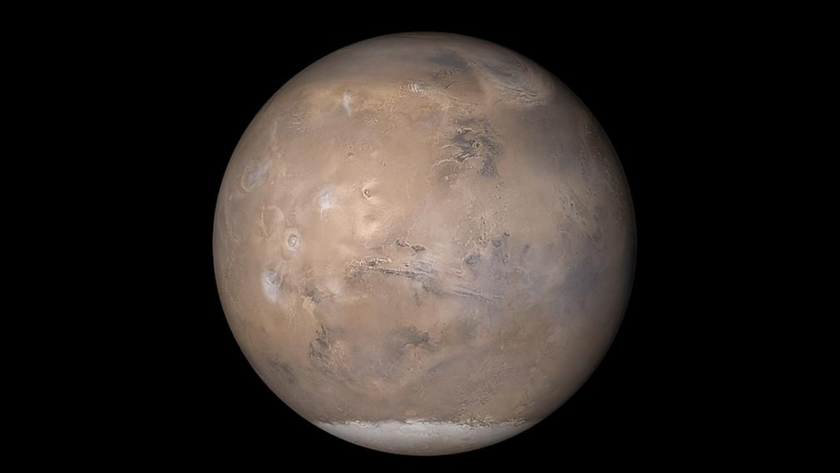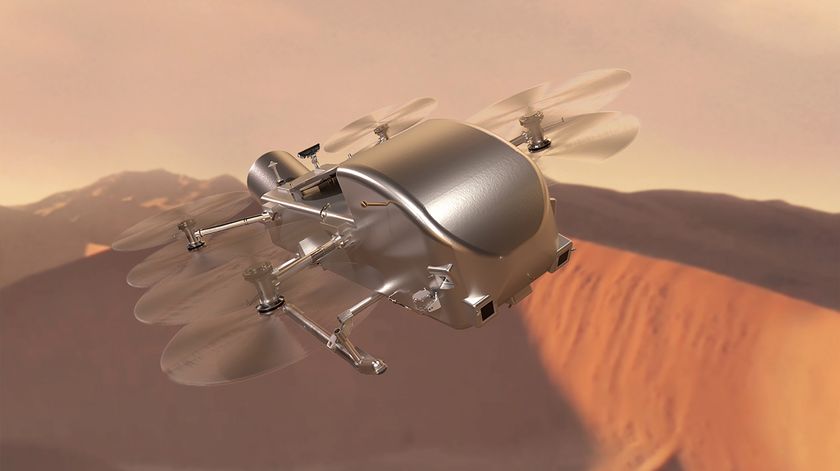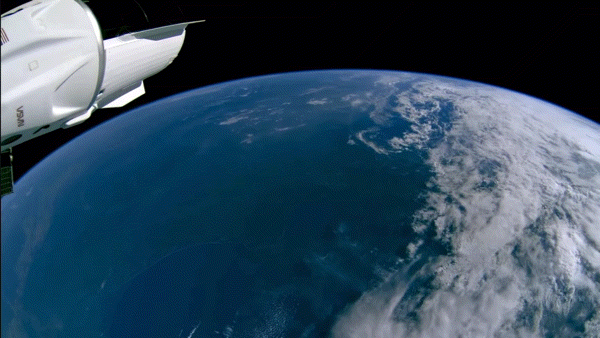Alien Life More Likely on 'Dune' Planets, Study Suggests
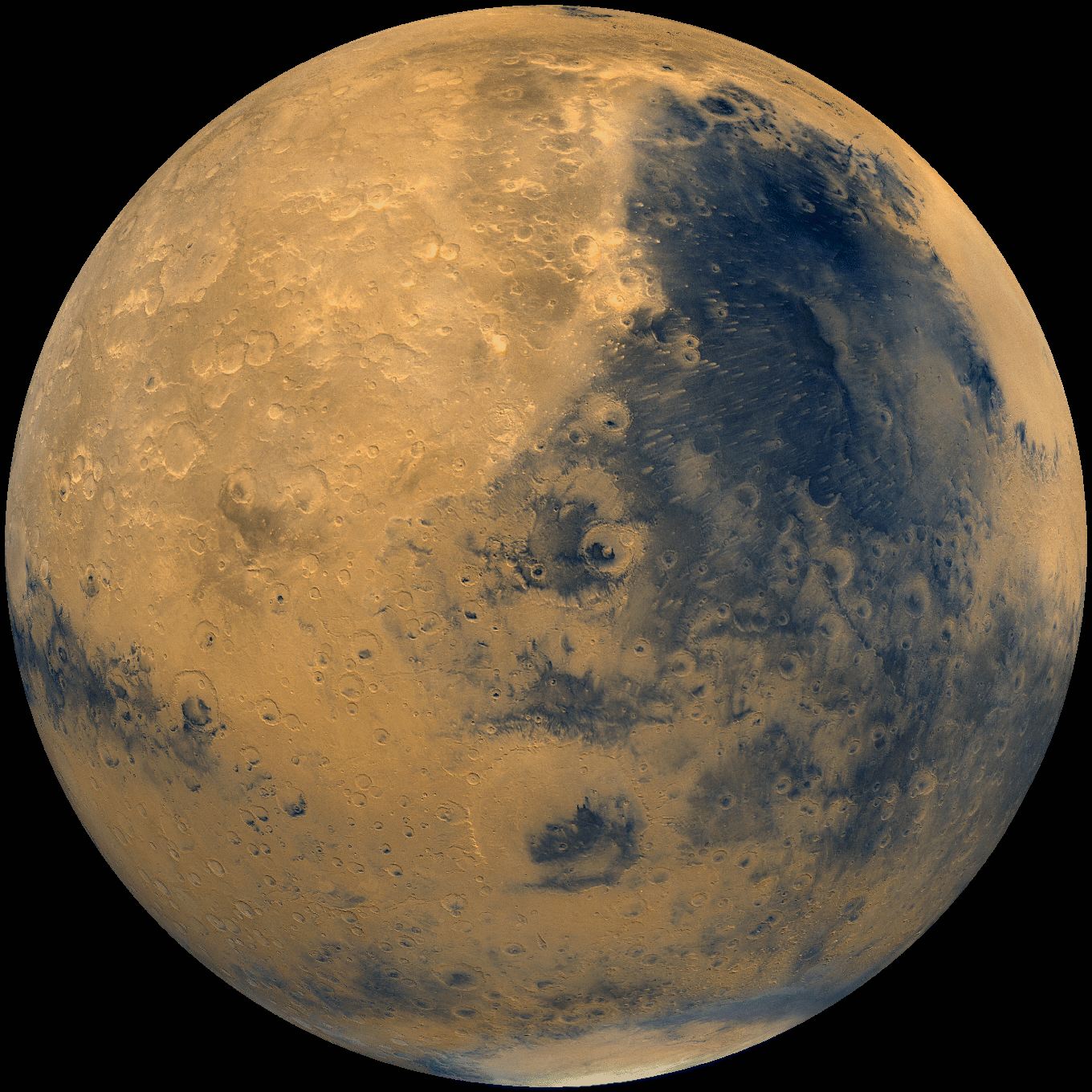
Desert planets like the one depicted in the science fiction classic "Dune" might be the most common type of habitable planet in the galaxy, rather than watery worlds such as Earth, a new study suggests.
And that's not the only surprising result.
The study also hints that scorching-hot Venus, where surface temperatures average 860 degrees Fahrenheit (460 degrees Celsius), might have been a habitable desert world as recently as 1 billion years ago.
Follow the water?
Nearly everywhere there is water on Earth, there is life. The search for life elsewhere in the universe has been guided by this fact, largely focusing on "aqua planets" with a lot of liquid water on their surfaces. [5 Bold Claims of Alien Life]
These worlds could be terrestrial planets largely covered with oceans, such as Earth, or theoretical "ocean planets" completely covered by a layer of water hundreds of miles deep, somewhat like thawed versions of Jupiter's icy moon Ganymede.
To be habitable, aqua planets must orbit their stars in a so-called "Goldilocks zone" where they are neither too hot nor too cold. If they are too far from the sun, they freeze. If they are too close, steam builds up in their atmospheres, trapping heat that vaporizes still more water, leading to a runaway greenhouse effect that boils all the oceans off the planet, as apparently happened on Venus.
Get the Space.com Newsletter
Breaking space news, the latest updates on rocket launches, skywatching events and more!
Eventually, such planets get so hot, they force water vapor high enough into the atmosphere that it gets split into hydrogen and oxygen by ultraviolet light. The hydrogen then escapes into space, the oxygen likely reacts with the molten surface and gets incorporated into the mantle, and the planet's atmosphere loses all its water over time.
Instead of aqua planets with abundant water on their surfaces, researchers investigated what "land planets" might be like, ones with no oceans and vast dry deserts, but perhaps oases here and there. The planet Arrakis depicted in the science fiction classic "Dune" is one exceptionally well-developed example of a habitable land planet, said planetologist Kevin Zahnle at NASA's Ames Research Center in Mountain View, Calif.
Arrakis is essentially a bigger, warmer, sparsely inhabited version of Mars with a breathable oxygen atmosphere and polar regions cool and moist enough to have small water icecaps and morning dew.
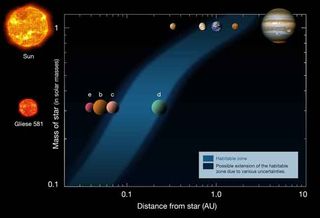
Modeling "land planets"
The scientists reasoned that the scarcity of water on a land planet might actually help it have a larger habitable zone around its star. There could be several reasons for this. For one thing, a land planet has less water to become snow and ice, which reflect sunlight back into space. As such, it can in principle absorb more heat to better resist global freezing, enlarging the cold outer limits of its habitable zone. [The Strangest Alien Planets]
In addition, the dearth of water in a land planet's dry atmosphere makes it trap less heat than an aqua planet, helping it avoid a runaway greenhouse effect and expanding the inner, hotter edge of its habitable zone. Also, the less water there is in the atmosphere, the less there is for ultraviolet radiation to break up into hydrogen and oxygen.
Researcher Yutaka Abe at the University of Tokyo, Zahnle and their colleagues experimented with a number of simple three-dimensional global climate models for Earth-sized planets. For their simulations of land planets, they left the rotation rates, atmospheric pressures and carbon dioxide levels unchanged but removed oceans and vegetation, leaving behind groundwater locked underneath the surface.
The scientists discovered that a land planet's habitable zone was three times bigger than an aqua planet's.
"A pale blue dot is not the only model for an Earth-like habitable planet," they report in their study, which was recently published in the journal Astrobiology. "The first habitable planet is more likely to be a member of the land planet class than the aqua class."
Desert planets in the "Goldilocks zone"
When analyzing what the cold outer limits were for these worlds, Abe and his colleagues found that complete freezing of an aqua planet occurred when the amount of sunlight dipped below 72 to 90 percent of what Earth receives, depending on how its axis of rotation was tilted toward the sun.
Land planets were better at resisting global freezing, with sunlight needing to dip below 58 to 77 percent before the planet completely iced over. This means land planets could be farther away from their stars and still remain potentially habitable.
When it came to the hot inner limits of these planets, the researchers calculated that liquid water could remain stable at the poles of an aqua planet — its coldest areas — only until the amount of sunlight it received exceeded 135 percent that of modern Earth. In comparison, liquid water could remain stable at the poles of a land planet until it received 170 percent of Earth's sunshine, meaning it could orbit closer to its star and still be habitable.
Such a land planet might be much like the fictional planet of Arrakis, "although I don't think the sandworms sound possible to me," Zahnle said. "The picture of the equatorial zone being just too hot to live at is there, as well as the poles being habitable. I would actually think that the poles would be a good deal wetter than in 'Dune' — there would be more open water at the poles, maybe even small streams and lakes and such." [Extremophiles: World's Weirdest Life]
Planetary scientist Jim Kasting at Pennsylvania State University, who did not take part in the study, said this is clever research. However, Kasting was uncertain if these findings actually will help find new habitable planets, whether they be land or aqua.
In order to tell if any worlds are habitable by our standards, they need to exhibit signs of water, and "it is not clear that there is enough water on these 'Dune' planets to be observed [by our telescopes]," Kasting said. "So I don't think this will change our strategy for looking remotely for life."
Zahnle disagreed. "These planets might not exhibit signs of water that we can see, but they would of oxygen," he said. "Also, we're finding that water is so ubiquitous, it cannot be regarded as a signature of a planet's habitability."
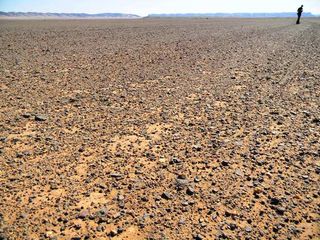
Finding the first habitable planet
If anything, since land planets can apparently get closer to their host stars than aqua planets and still be habitable, Zahnle expected habitable land planets to be discovered before habitable aqua ones. The closer a planet is to its star, the faster it orbits and the more often it dims its star's light, making it easier for our telescopes to spot.
Kasting also was not convinced that small amounts of water are stable on a planetary surface. He suspected that the little water on a land planet would get sucked up by rocks or get pulled down into the mantle or both.
Zahnle agreed, adding, "but we're not looking for planets that are habitable permanently, just ones that might be habitable long enough for life. No planet is habitable permanently, not even Earth."
Earth itself may one day become a desert world, researchers added. As our sun ages, it is brightening at a rate of 9 percent every billion years, radiation that will eventually deplete our planet's liquid water by breaking it down into hydrogen and oxygen.
However, they calculated that Earth might still remain habitable in the billions of years before the sun begins dying. It might avoid the runaway greenhouse effect that made Venus unlivably hot and only lose about a third of its oceans before the sun's death.
One interesting question the habitability of land planets raises is whether or not Venus, the hottest planet in the solar system, ever could have fostered life. Assuming that Venus once had oceans of liquid water, the researchers' calculations suggest "it is possible that Venus went through a period where it was a dry but habitable planet," Zahnle said.
Indeed, Venus could have persisted as a habitable land planet until as recently as roughly 1 billion years ago. Zahnle said that Venus back then would have been "very hot in the tropics, cooler and wetter at the poles. Sort of Earth-like, not a lot of carbon dioxide."
Future research can investigate precisely how habitable Venus might once have been, Zahnle added.
This story was provided by Astrobiology Magazine, a web-based publication sponsored by the NASA astrobiology program.
Join our Space Forums to keep talking space on the latest missions, night sky and more! And if you have a news tip, correction or comment, let us know at: community@space.com.

Charles Q. Choi is a contributing writer for Space.com and Live Science. He covers all things human origins and astronomy as well as physics, animals and general science topics. Charles has a Master of Arts degree from the University of Missouri-Columbia, School of Journalism and a Bachelor of Arts degree from the University of South Florida. Charles has visited every continent on Earth, drinking rancid yak butter tea in Lhasa, snorkeling with sea lions in the Galapagos and even climbing an iceberg in Antarctica. Visit him at http://www.sciwriter.us

